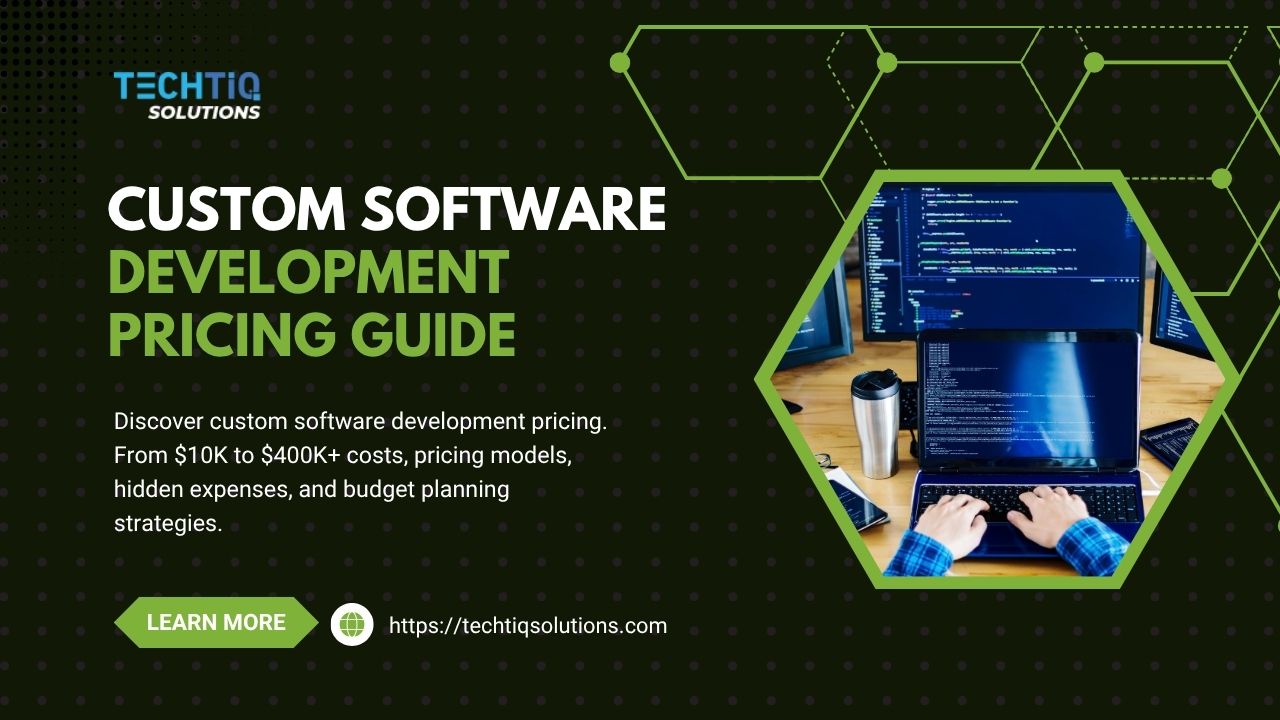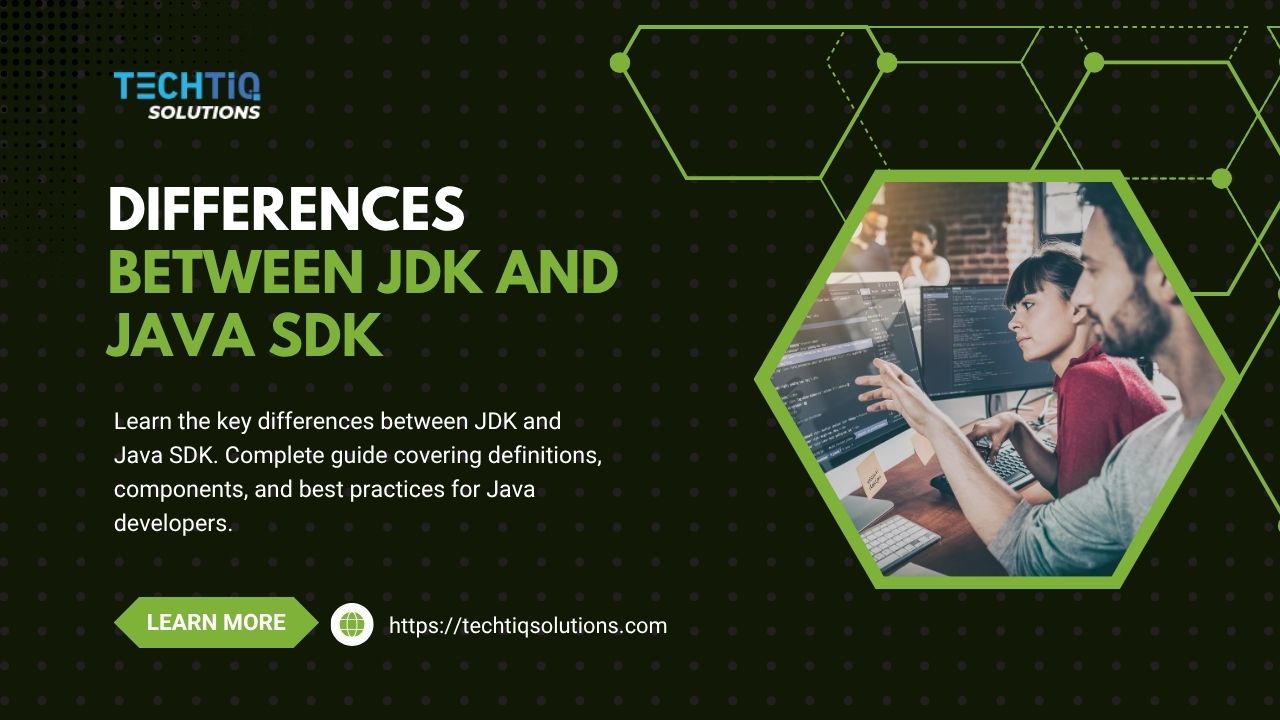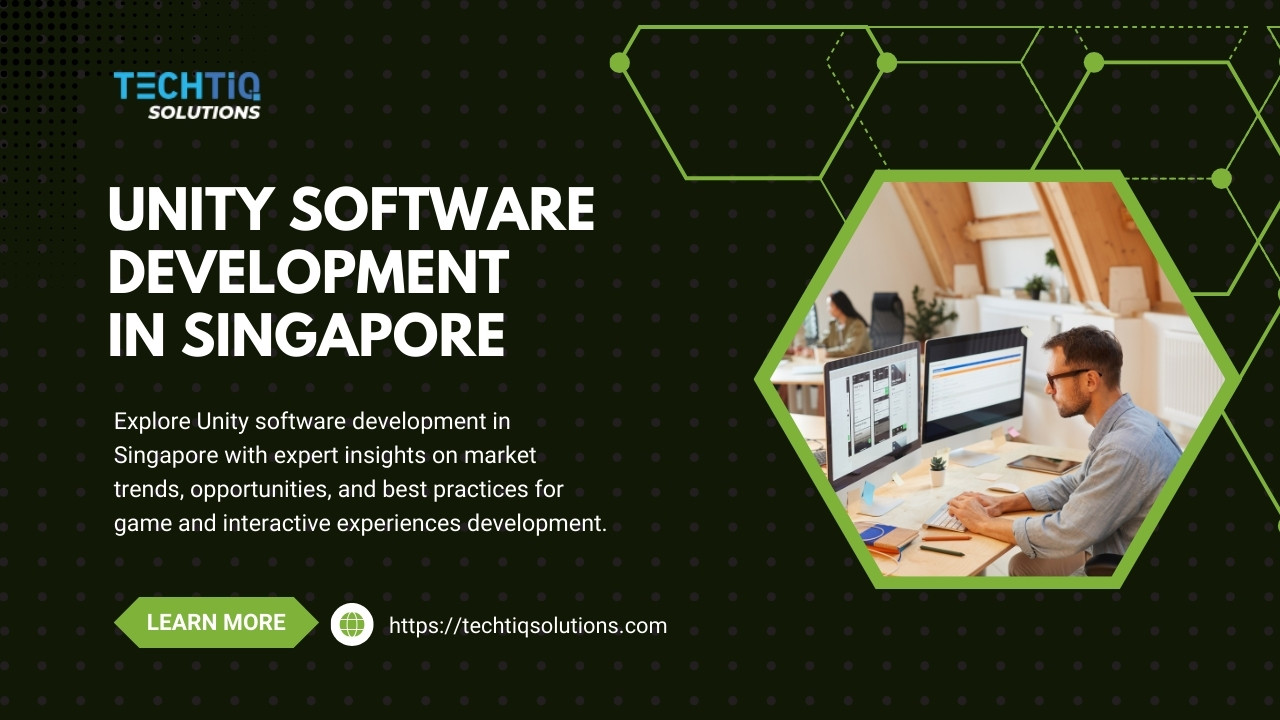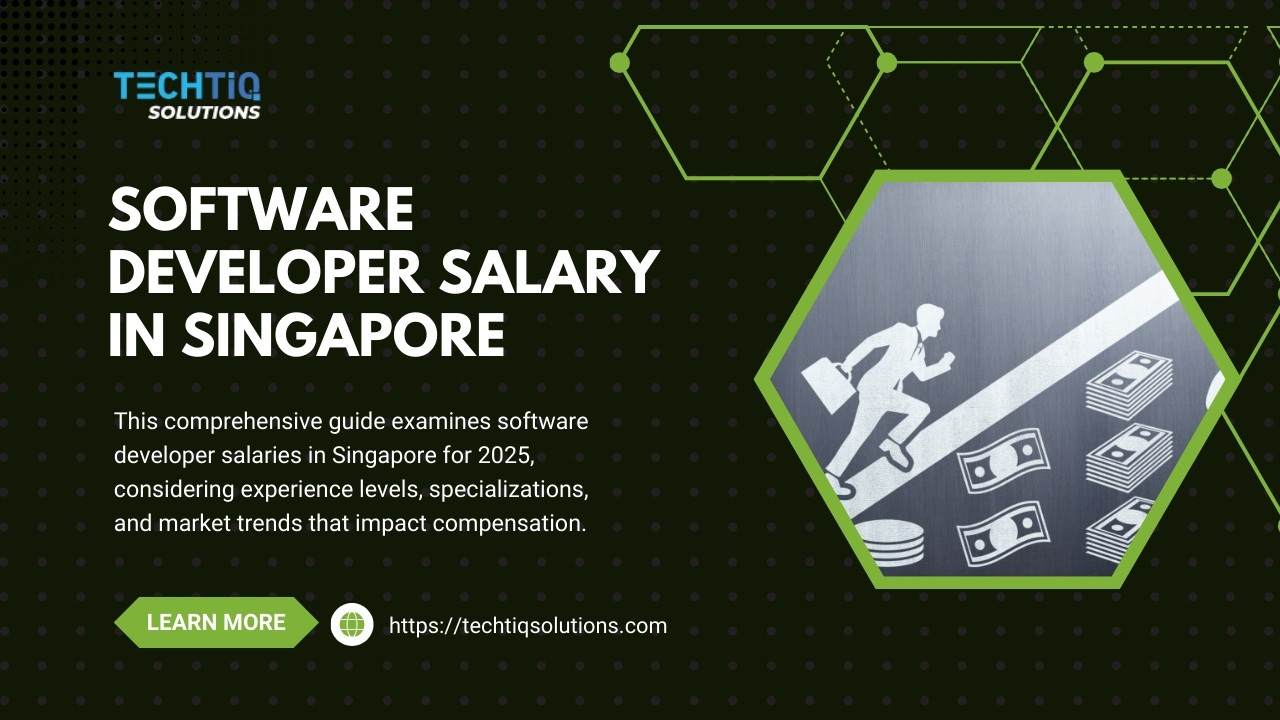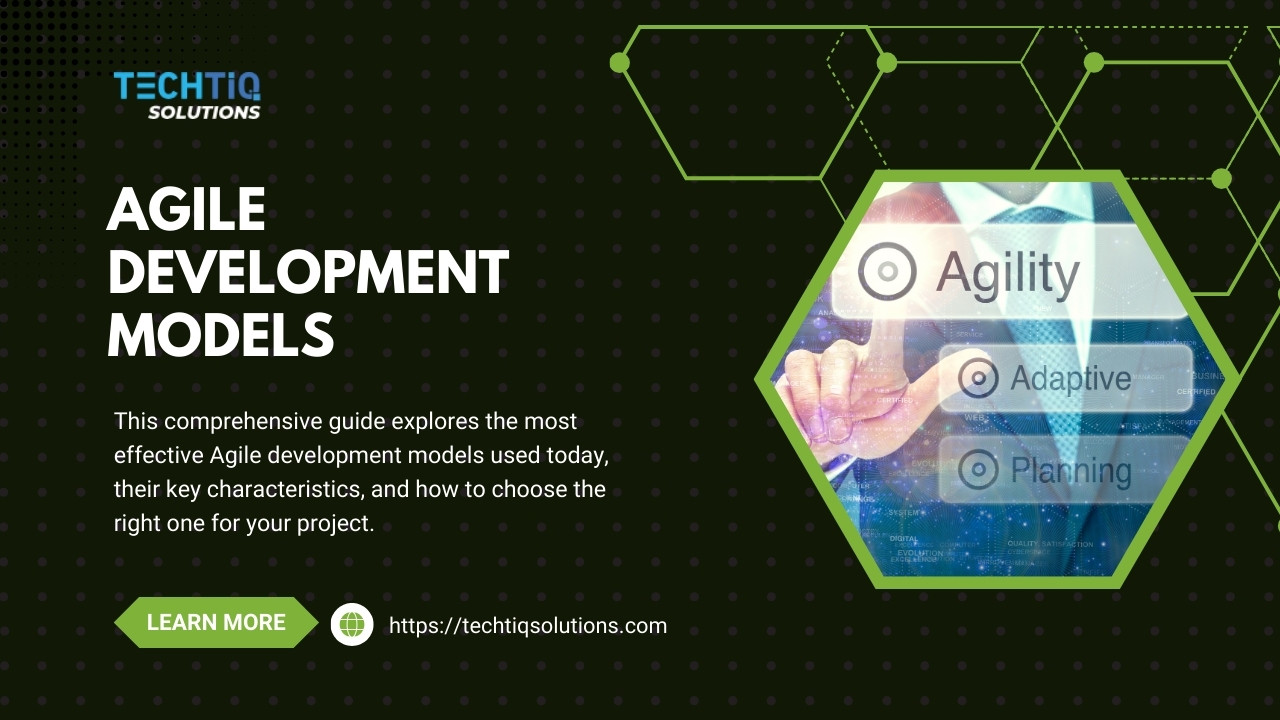The Software Development Life Cycle (SDLC) is the backbone of modern software creation—a structured process that guides development teams from initial concept to final delivery and maintenance. For businesses seeking to develop custom software solutions, understanding the SDLC is crucial for project success, quality assurance, and optimal resource allocation.
In this comprehensive guide, we’ll explore every aspect of the Software Development Life Cycle—from its fundamental definition to the various methodologies that shape its implementation. Whether you’re a business leader considering a software development project or an IT professional looking to refine your approach, this article will provide valuable insights into the systematic process that powers effective software creation.
Understanding the Software Development Life Cycle (SDLC)
What is SDLC?
The Software Development Life Cycle (SDLC) is a structured process that guides the creation of software applications from inception to deployment and maintenance. It provides a methodical approach to software development that helps teams deliver high-quality products efficiently and effectively.
At its core, SDLC is a framework that defines the tasks performed at each step in the software development process. It encompasses all the activities needed to plan, create, test, deploy, and maintain software systems. By following this structured approach, development teams can ensure they meet requirements, adhere to timelines, and deliver software that meets or exceeds expectations.
Why is SDLC Important?
Implementing a formal Software Development Life Cycle brings numerous benefits to both development teams and organizations:
-
Improved Quality Assurance: By incorporating testing throughout the development process, SDLC helps identify and address bugs and issues early, resulting in higher-quality end products.
-
Enhanced Project Management: SDLC provides a clear roadmap for development projects, helping teams set realistic timelines, allocate resources effectively, and track progress.
-
Reduced Risks: Following a structured approach helps identify and mitigate potential risks before they become costly problems.
-
Better Client Communication: SDLC facilitates regular communication and feedback loops with clients or stakeholders, ensuring the final product meets their needs and expectations.
-
Cost Efficiency: By detecting and addressing issues early in the development process, SDLC helps reduce the cost of fixes and changes later in the project lifecycle.
-
Predictable Outcomes: A well-implemented SDLC creates a repeatable, predictable process that leads to consistent results across different projects.
The 7 Phases of the Software Development Life Cycle
The traditional Software Development Life Cycle consists of seven distinct phases, each with its own set of activities, deliverables, and objectives. Let’s explore each phase in detail:
1. Planning
The planning phase is the foundation of the entire software development process. During this initial stage, project stakeholders gather to define the scope, objectives, timeline, and resources required for the project.
Key activities in the planning phase include:
-
Gathering initial requirements from stakeholders
-
Conducting feasibility studies (technical, operational, economic)
-
Defining project scope and objectives
-
Allocating resources and establishing timelines
-
Identifying potential challenges and risks
-
Creating a project plan and schedule
The output of this phase typically includes a project plan, resource allocation document, and initial requirement specifications. These documents serve as the roadmap for the entire development process.
2. Requirements Analysis
The requirements analysis phase focuses on understanding and documenting the specific needs and expectations for the software being developed. This phase involves close collaboration with stakeholders to ensure all requirements are accurately captured.
Key activities in the requirements analysis phase include:
-
Conducting interviews with stakeholders and end-users
-
Documenting functional and non-functional requirements
-
Creating user stories, use cases, or requirement specifications
-
Prioritizing requirements based on business value and technical constraints
-
Validating requirements with stakeholders
The deliverables from this phase typically include comprehensive requirement documentation, which might take the form of a software requirement specification (SRS) document, user stories, or use case diagrams.
3. Design
During the design phase, the development team translates requirements into a blueprint for the software solution. This phase focuses on both the high-level architecture and the detailed design of the system.
Key activities in the design phase include:
-
Creating the system architecture
-
Designing the database structure
-
Defining interfaces between different components
-
Creating user interface designs and prototypes
-
Establishing technology stack and frameworks
-
Documenting design patterns and approaches
Outputs from the design phase often include architectural diagrams, database schemas, interface designs, and detailed technical specifications. These documents guide the development team during the implementation phase.
4. Implementation (Coding)
The implementation or coding phase is where the actual building of the software takes place. Developers write code based on the requirements and design documents created in earlier phases.
Key activities in the implementation phase include:
-
Writing code according to defined standards and best practices
-
Performing unit testing on individual components
-
Conducting code reviews
-
Implementing security measures
-
Managing code using version control systems
-
Documenting code for future maintenance
The primary deliverable from this phase is the actual source code for the application, along with documentation that explains how the code works.
5. Testing
Testing is a critical phase in the SDLC that ensures the software meets quality standards and functions as expected. While testing is shown as a distinct phase, modern SDLC approaches often integrate testing throughout the development process.
Key activities in the testing phase include:
-
Creating test plans and test cases
-
Performing various types of testing:
-
Unit testing
-
Integration testing
-
System testing
-
Performance testing
-
Security testing
-
User acceptance testing (UAT)
-
-
Tracking and resolving defects
-
Regression testing after bug fixes
-
Validating that the software meets all requirements
The outputs from the testing phase include test reports, defect logs, and ultimately, software that has been verified to meet quality standards.
6. Deployment
The deployment phase involves making the software available to users. This can range from a simple installation on a single computer to a complex rollout across multiple servers and locations.
Key activities in the deployment phase include:
-
Creating deployment plans and procedures
-
Setting up production environments
-
Migrating data (if necessary)
-
Training end-users
-
Performing final system checks
-
Transitioning from existing systems (if applicable)
-
Releasing the software to production
The primary deliverable is the live software system that is now operational and available to users.
7. Maintenance and Support
The maintenance and support phase begins after the software is deployed and continues throughout the lifetime of the software. This phase focuses on ensuring the software continues to function correctly and adapts to changing requirements.
Key activities in the maintenance and support phase include:
-
Monitoring system performance
-
Addressing user-reported issues
-
Implementing bug fixes
-
Adding new features or enhancements
-
Optimizing performance
-
Ensuring security through updates and patches
-
Adapting to changes in the operating environment
This phase continues until the software is eventually retired or replaced.
Popular SDLC Methodologies
Various methodologies have been developed to implement the Software Development Life Cycle, each with its own approach, strengths, and ideal use cases. Here are some of the most popular SDLC methodologies:
Waterfall Model
The Waterfall model is the traditional sequential approach to software development, where each phase of the SDLC is completed before moving on to the next.
Characteristics of the Waterfall model:
-
Linear, sequential flow
-
Well-defined phases with specific deliverables
-
Limited flexibility for changes once a phase is completed
-
Extensive documentation at each stage
-
Simple to understand and manage
Best suited for:
-
Projects with well-defined, stable requirements
-
Short-duration projects with minimal complexity
-
Regulated industries requiring extensive documentation
-
Projects where changes are expected to be minimal
Agile Methodology
Agile is an iterative, incremental approach that emphasizes flexibility, collaboration, and customer feedback. It breaks down development into small cycles called sprints, allowing for regular reassessment and adaptation. Many Agile teams leverage Software Development Kits (SDKs) to speed up development, especially in areas such as mobile app development, cloud computing, and AI integrations, where SDKs provide essential pre-built functionalities.
Characteristics of Agile:
-
Iterative development in short cycles (sprints)
-
Regular customer involvement and feedback
-
Ability to adapt to changing requirements
-
Focus on working software over comprehensive documentation
-
Collaborative, team-based approach
Best suited for:
-
Projects with evolving or unclear requirements
-
Customer-focused projects requiring regular feedback
-
Projects where time-to-market is critical
-
Innovative projects where exploration is necessary
Scrum Framework
Scrum is a specific implementation of Agile that provides a structured framework for development. It defines specific roles, events, and artifacts that guide the development process.
Characteristics of Scrum:
-
Development in 2-4 week sprints
-
Daily standup meetings for team coordination
-
Defined roles (Product Owner, Scrum Master, Development Team)
-
Regular sprint planning, reviews, and retrospectives
-
Product backlog and sprint backlog to manage work
Best suited for:
-
Complex projects requiring regular adaptation
-
Teams new to Agile wanting a structured framework
-
Projects with engaged stakeholders
-
Products that need incremental releases
DevOps
DevOps is not just a methodology but a culture and practice that emphasizes collaboration between development and operations teams. It aims to automate and integrate the processes of software development and IT operations.
Characteristics of DevOps:
-
Continuous integration and continuous delivery (CI/CD)
-
Automated testing and deployment
-
Infrastructure as code
-
Monitoring and logging
-
Close collaboration between development and operations
Best suited for:
-
Projects requiring frequent releases
-
Applications with continuous monitoring needs
-
Organizations looking to reduce time-to-market
-
Systems requiring high reliability and stability
Lean Development
Lean Development focuses on eliminating waste and optimizing efficiency throughout the development process. It emphasizes delivering value to the customer as quickly as possible.
Characteristics of Lean Development:
-
Elimination of waste (unnecessary features, processes, etc.)
-
Focus on customer value
-
Delaying decisions until they are necessary
-
Rapid delivery of features
-
Continuous improvement
Best suited for:
-
Startups and organizations with limited resources
-
Projects with tight budgets or timelines
-
Teams focused on building minimum viable products (MVPs)
-
Organizations seeking to optimize development processes
Spiral Model
The Spiral model combines elements of both Waterfall and iterative development, with a strong emphasis on risk assessment. The project repeatedly passes through four phases: planning, risk analysis, engineering, and evaluation.
Characteristics of the Spiral model:
-
Iterative approach with four distinct phases
-
Strong focus on risk analysis and management
-
Incremental releases with increasing functionality
-
Incorporation of prototyping
-
Adaptable to changing requirements
Best suited for:
-
Large, complex, high-risk projects
-
Projects where risk assessment is critical
-
Systems requiring early user feedback
-
Projects with unclear or changing requirements
TechTIQ Solutions’ Experience with SDLC Implementation
As a leading software development company in Singapore with over 8 years of industry experience, TechTIQ Solutions has successfully implemented various SDLC methodologies across diverse projects. Let’s look at some real-world examples that demonstrate our expertise in applying the Software Development Life Cycle effectively:
Case Study: Mobile Team Manager
Project Overview: Mobile Team Manager is a comprehensive field and office management suite designed for field service-based businesses. The system helps organizations manage resources, schedule shifts, and reduce paperwork.
SDLC Approach: For this project, TechTIQ Solutions implemented an Agile development methodology with elements of DevOps for continuous integration and delivery.
Key Challenges:
-
Complex user interface requirements with interactive scheduling screens
-
Need for offline capabilities for mobile apps used in rural areas
-
Integration with multiple third-party systems (accounting, GPS tracking)
-
Real-time data synchronization requirements
Solution Implementation: TechTIQ Solutions structured the development process by:
-
Applying a multiple-tenancy structure to the database, server, and client code
-
Implementing SQLite for offline data storage
-
Using SignalR to handle real-time data updates
-
Setting up Jenkins for automated builds and software updates
Results:
-
Successfully developed a cloud-based software solution for traffic management
-
Evolved into a SaaS business serving multiple industries worldwide
-
Enabled clients to effectively manage teams, jobs, shifts, resources, and assets
-
Provided powerful tools for scheduling, document management, and reporting
This case study demonstrates how TechTIQ Solutions effectively applied the Software Development Life Cycle to deliver a complex, multi-platform solution that met all client requirements while overcoming significant technical challenges.
Case Study: Personal Loan Platform
Project Overview: The Personal Loan Platform was developed using microservices architecture for a financial services client. The system included multiple sub-products spanning various domains, from application processing to fraud detection.
SDLC Approach: TechTIQ Solutions implemented a combination of Domain-Driven Design (DDD) and microservices architecture, utilizing an Agile methodology for incremental development.
Key Challenges:
-
Rapid team scaling requirement (20 senior members within 3 months)
-
Complex integration with multiple third-party services
-
Migration from legacy systems to new architecture
-
Distributed teams working across different time zones
Solution Implementation:
-
Categorized features, user roles, data inputs, and outputs for clear project organization
-
Built funnel for applicant processing with experimentation platform for A/B testing
-
Implemented fraud detection and identity verification systems
-
Developed modules for loan modification, payoff verification, and automatic e-signing
Results:
-
Successfully built a comprehensive loan platform with multiple integrated domains
-
Enabled the client to efficiently process loan applications and manage customer relationships
-
Implemented robust fraud detection capabilities
-
Created a scalable system that could adapt to changing business requirements
This project showcases TechTIQ Solutions’ ability to apply advanced SDLC principles to develop complex financial systems while managing rapid team scaling and intricate technical requirements.
Choosing the Right SDLC Methodology for Your Project
Selecting the appropriate SDLC methodology is a critical decision that can significantly impact your project’s success. Here are some factors to consider when making this choice:
Project Characteristics to Consider
-
Project Size and Complexity: Larger, more complex projects often benefit from methodologies that emphasize planning and documentation, such as the Spiral model or a hybrid approach.
-
Requirements Stability: If requirements are well-defined and unlikely to change, Waterfall might be appropriate. For evolving requirements, Agile approaches are generally better suited.
-
Timeline and Budget Constraints: Projects with tight timelines may benefit from Agile or Lean approaches that prioritize delivering the most valuable features first.
-
Team Experience and Size: Consider your team’s familiarity with different methodologies. Smaller teams often work well with Agile approaches, while larger teams might need more structured frameworks.
-
Customer Involvement: If regular customer feedback is important, choose a methodology that incorporates frequent review cycles, such as Scrum or other Agile frameworks.
-
Risk Factors: Projects with high-risk elements might benefit from the Spiral model with its emphasis on risk assessment, or DevOps with its focus on continuous testing and monitoring.
-
Compliance Requirements: Industries with strict regulatory requirements might need methodologies that emphasize documentation and verification, like Waterfall or V-Model.
Methodology Selection Guide
To help you select the most appropriate SDLC methodology for your project, consider the following guidelines:
|
Project Characteristic |
Recommended Methodologies |
|
Well-defined, stable requirements |
Waterfall, V-Model |
|
Evolving or unclear requirements |
Agile, Scrum, Kanban |
|
High-risk project |
Spiral, RUP |
|
Short timeline, quick delivery needed |
Agile, Lean, RAD |
|
Large, complex project |
Spiral, RUP, SAFe |
|
Need for frequent releases |
DevOps, CI/CD |
|
Limited resources |
Lean, Kanban |
|
Highly regulated industry |
Waterfall, V-Model |
Remember that hybrid approaches are often the most effective, combining elements from different methodologies to address specific project needs.
Best Practices for Successful SDLC Implementation
Regardless of the methodology you choose, certain best practices can enhance the effectiveness of your Software Development Life Cycle:
1. Clear Communication and Documentation
Establish transparent communication channels among all stakeholders. Even in methodologies that emphasize working software over documentation, maintaining clear records of decisions, requirements, and design choices is essential for long-term success.
2. Continuous Testing Throughout the Lifecycle
Integrate testing at every stage of development rather than treating it as a separate phase. Early and frequent testing helps identify issues when they’re less costly to fix and ensures quality is built into the software from the beginning.
3. Version Control and Configuration Management
Implement robust version control systems to track changes, manage code branches, and facilitate collaboration among developers. This practice is essential for maintaining code integrity and supporting parallel development efforts.
4. Regular Reviews and Feedback
Schedule regular review sessions with stakeholders and within the development team. These reviews should evaluate progress, identify challenges, and gather feedback that can guide adjustments to the development process.
5. Risk Management
Proactively identify, assess, and mitigate risks throughout the project lifecycle. Establish contingency plans for high-impact risks and regularly review the risk register to ensure it remains current.
6. Knowledge Sharing and Cross-Training
Encourage knowledge sharing among team members to reduce dependencies on specific individuals. Cross-training team members in different areas of the project helps create a more resilient team and ensures continuity if someone leaves.
7. Automation Where Possible
Automate repetitive tasks such as building, testing, and deployment to improve efficiency and reduce the potential for human error. Automation is particularly important in CI/CD pipelines and DevOps approaches.
8. Focus on User Experience
Keep the end-user in mind throughout the development process. Regular usability testing and user feedback sessions can help ensure the final product meets user needs and expectations.
9. Continuous Improvement
After each project or iteration, conduct retrospectives to identify what went well and what could be improved. Use these insights to refine your SDLC process for future projects.
10. Security Integration
Incorporate security considerations throughout the development lifecycle rather than treating it as an afterthought. This “shift-left” approach to security helps identify and address vulnerabilities early in the process.
Future Trends in Software Development Life Cycle
The Software Development Life Cycle continues to evolve as technology advances and organizations seek more efficient ways to develop high-quality software. Here are some emerging trends that are shaping the future of SDLC:
AI and Machine Learning Integration
Artificial intelligence and machine learning are increasingly being integrated into SDLC processes to enhance productivity and quality:
-
Automated Code Generation: AI tools can generate code snippets or even entire functions based on requirements.
-
Intelligent Testing: ML algorithms can predict which areas of code are most likely to contain defects, focusing testing efforts more efficiently.
-
Requirements Analysis: AI can help analyze and classify requirements, identifying inconsistencies or missing elements.
-
Predictive Analytics: ML models can forecast project timelines and potential bottlenecks based on historical data.
Low-Code/No-Code Development
Low-code and no-code platforms are changing how software is developed, particularly for less complex applications:
-
Accelerated Development: These platforms enable faster creation of applications through visual interfaces and pre-built components.
-
Citizen Developers: Business users without programming expertise can create their own applications, reducing the burden on IT departments.
-
Hybrid Approaches: Organizations are combining low-code development with traditional coding for flexibility and efficiency.
Shift-Left Testing and Quality Assurance
The concept of “shifting left” refers to moving testing earlier in the development process:
-
Test-Driven Development (TDD): Writing tests before code helps ensure quality from the start.
-
Continuous Testing: Automated tests run throughout the development process, not just at dedicated testing phases.
-
Early Security Testing: Security assessments begin during requirements and design phases rather than after completion.
DevSecOps Evolution
DevSecOps extends DevOps principles to include security as an integral part of the development process:
-
Security as Code: Security policies and controls are defined in code and automatically enforced.
-
Automated Security Testing: Security scans and tests are integrated into CI/CD pipelines.
-
Shared Responsibility: Security becomes a concern for the entire development team, not just security specialists.
Increased Focus on Sustainability
Software development is beginning to consider environmental impacts and sustainability:
-
Energy-Efficient Code: Optimizing code for energy efficiency reduces the carbon footprint of software.
-
Green Software Engineering: Principles and practices that consider environmental impact in software design.
-
Sustainable Development Practices: Reducing waste in the development process itself.
Conclusion
The Software Development Life Cycle (SDLC) is more than just a process—it’s a strategic framework that enables organizations to create high-quality software efficiently and predictably. By understanding the various phases, methodologies, and best practices of SDLC, businesses can optimize their development efforts and deliver solutions that truly meet their needs.
As we’ve explored in this article, there’s no one-size-fits-all approach to SDLC. The most successful organizations adapt their methodology based on project requirements, team capabilities, and business objectives. Whether you choose Waterfall, Agile, DevOps, or a hybrid approach, the key is to implement the process with discipline, flexibility, and a focus on continuous improvement.
At TechTIQ Solutions, we bring over 8 years of experience in implementing effective SDLC processes across a wide range of projects. Our expertise spans multiple methodologies and industries, allowing us to tailor our approach to each client’s unique needs. From our base in Singapore, we’ve helped businesses throughout Asia and beyond develop custom software solutions and B2B software development solutions that drive growth and operational efficiency.
Ready to Optimize Your Software Development Process?
If you’re looking to enhance your software development efforts with a structured, effective SDLC approach, TechTIQ Solutions can help. Our team of experienced developers, project managers, and quality assurance specialists can guide you through every phase of the software development life cycle, from initial planning to deployment and ongoing maintenance.
Contact TechTIQ Solutions today at inquiry@techtiqsolutions.com or call (+65) 8898 2997 to discuss how we can support your software development needs with our proven SDLC expertise.

